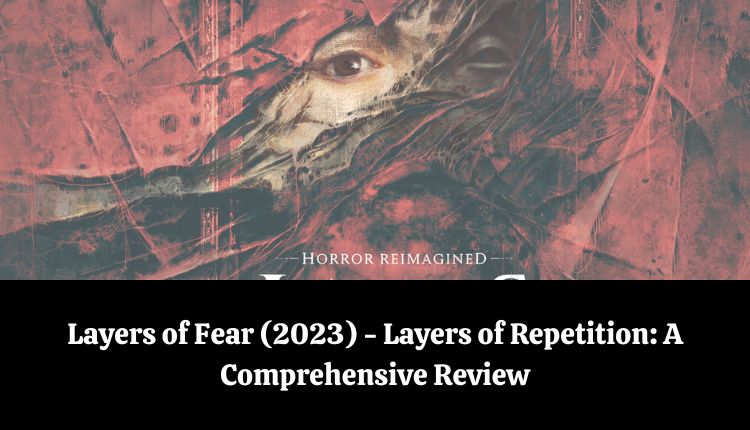Layers of Fear (2023) – Layers of Repetition: A Comprehensive Review
Introduction
The landscape of horror gaming has evolved considerably over the years, with titles like Amnesia: The Dark Descent and Silent Hill’s P.T. pioneering unique styles of gameplay centered around psychological terror. In this ecosystem, Bloober Team’s Layers of Fear made its debut in 2016, offering a blend of psychological horror and walking simulator gameplay. However, seven years later, the franchise’s latest installment, Layers of Fear (2023), begs the question: Has this fear lost its layers or has it piled on too much repetition?
Contextualizing Layers of Fear
The Original Layers of Fear: A Novel Concept
The original Layers of Fear was a breath of fresh air for horror aficionados, offering a unique, atmosphere-heavy experience. The gameplay departed from horror stalwarts like Alien Isolation and Outlast, opting instead for a more psychological approach and leaning into the formula of a walking simulator. Unfortunately, while the atmospheric and narrative elements were applauded, it fell short when compared to the aforementioned games with respect to gameplay.
Gameplay: Formulaic and Repetitive
Layers of Fear excels in crafting a stunning and eerie world, woven with an intriguing story. Yet, the gameplay succumbs to a monotonous cycle. Puzzles, which often involve finding the right interactive object in a confined room, feel more like a chore than a brain teaser. The lack of complexity and variation dampens the otherwise engaging narrative experience.
Layers of Fear (2023) – Is Repetition the Root of all Fear?
Retreading Old Ground
Layers of Fear (2023) does little to deviate from the established formula. Despite additions of more DLCs and a sequel, the game, at its core, feels largely identical to its predecessors. Hours of gameplay reveal an unnerving sameness, with variations in story and characters doing little to break the monotony.
A Love Letter to P.T
The 2023 installment clearly draws inspiration from P.T, boasting an everchanging level design that contributes to an unsettling and disorienting experience. Unfortunately, this exciting aspect of gameplay often gets lost in the repetition, resulting in players hastily navigating the corridors, largely immune to jumpscares and monstrous sights.
Sound Design: The Good, The Bad, and The Repetitive
While the overall sound design aids the spooky ambiance, moments of repetitiveness mar the auditory experience. For instance, a looping sound of a child’s laughter, which should’ve been a chilling audio cue, loses its fear factor over time.
Technical Issues and Bug Encounters
Falling Through the Cracks
Performance issues plague Layers of Fear (2023). Glitches that catapult the character through walls, forcing players to restart from the main menu, are frequent encounters. This creates a frustrating experience, as it hampers the freedom to select and switch between stories. The game-breaking bugs, combined with the lack of autosave points, often set players back significantly, further dulling the allure of the game.
An Atmosphere Heavy Yet Lackluster Experience
Layers of Fear (2023) falls squarely in the category of “all style, no substance.” It possesses a disturbingly beautiful setting, good sound design, and an intriguing story, but lacks in character development, puzzle variety, and a polished gaming experience.
For horror fanatics, the game offers sparse jumpscares and few truly terrifying moments. Its seamless blending of narratives, while commendable, doesn’t sufficiently compensate for the gameplay monotony.
In conclusion, Layers of Fear (2023) is an atmospheric experience that succumbs to the shadow of repetition, lacking in mechanics that truly leverage the psychological horror genre. While its gorgeous setting and narrative might draw some players in, the game’s bugs, lack of depth in gameplay, and character development ultimately fall short of delivering a memorable horror experience.

